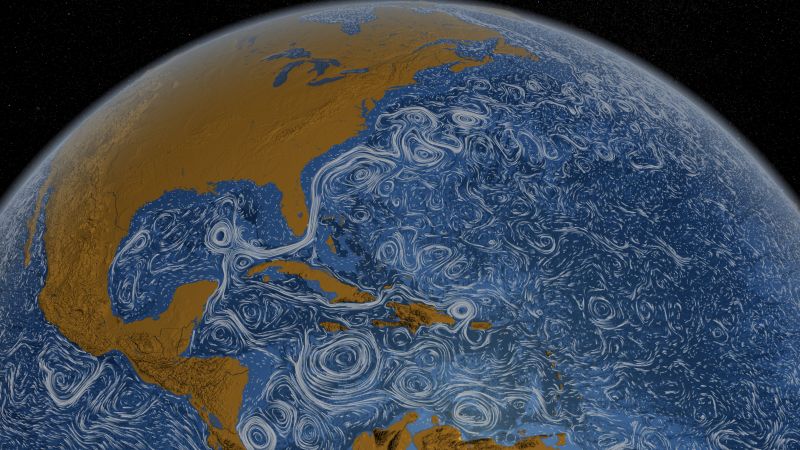Some international destinations have circulating poliovirus. Before any international travel, make sure you are up to date on your polio vaccines. Country List : Afghanistan, Algeria, Benin, Cameroon, Chad, Côte d’Ivoire (Ivory Coast), Democratic Republic of the Congo, Mozambique, Niger, Nigeria, Pakistan, Somalia, Yemen, Indonesia, Sudan, Mali, Kenya, Guinea, Egypt, Zimbabwe, Angola, Liberia, Senegal, Sierra Leone, Ethiopia, The Gambia, Republic of South Sudan, Uganda, French Guiana (France), Djibouti, Equatorial Guinea, Ghana, Spain, Israel, including the West Bank and Gaza, Finland, Germany, Poland, United Kingdom, including England, Scotland, Wales, and Northern Ireland
Click this link to continue reading the article on the source website.


